Trading organizations daily carry out a large number of business operations that are associated with the circulation of goods. The seller receives income through a trade margin on the goods sold by him. In order for the trading activity to be truly profitable, it is necessary that the mark-up covers all expenses associated with the sale of goods.
General concept
Trade margin is a premium on the purchase of commodity value in order to obtain income from its sale. Is VAT included in the trade margin? All taxes levied on goods are included in the extra charge. It should be selected in such a way as to fully compensate for the costs incurred by the seller, as well as include profits made by him after the sale of his goods. That is, the selling price of a product is equal to the purchase value with the trade margin added to it. This indicator is just the seller’s income. If the product he sells is subject to VAT, then it must also be taken into account when establishing a mark-up.
Features of the calculation
To document the level of the trade margin, a retail price register is used. This document has a free form, but there are some requirements for its content. The registry must necessarily include such information as:
- name of company;
- the names of the products of this organization;
- purchase price of goods (VAT not included);
- premium to their price;
- value of VAT;
- retail value of goods.
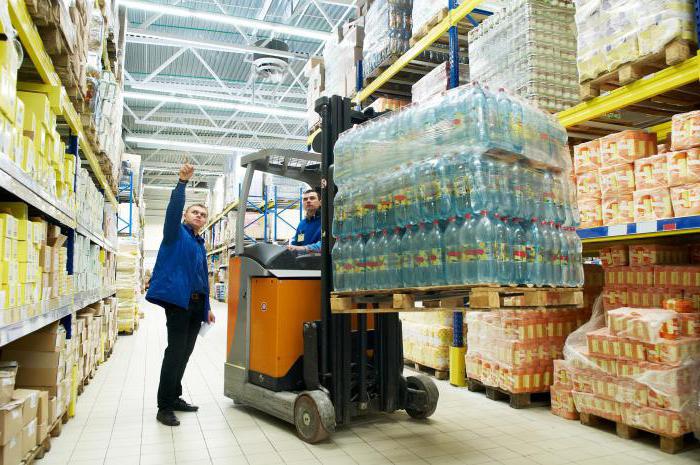
You can change the size of the trade allowance depending on the influence of various factors, for example, its revaluation or write-off. In order for the business to be efficient, it is necessary to set the price of the goods in such a way that the seller has the opportunity to make a profit, as well as to cover all the costs associated with the sale. But at the same time, the overestimated value of the goods will cause a lack of demand for it, and this can lead to losses.
In order to sell goods most efficiently, you must be able to competently approach the pricing of them and take into account a number of features presented below.
Purchase value of goods
This also includes associated costs. It is necessary to determine all the costs incurred by the seller for the sale of goods. Mostly these include transport services. In case of independent production of goods by the seller, the cost of those materials that are required for its manufacture must be taken into account. The costs incurred by the seller should be added to the product margin and added to the purchase value of a particular product. Also, this indicator should include profit received by the seller after the sale of his product. The total mark-up is determined at the end of the month. It is calculated based on the average trading margin.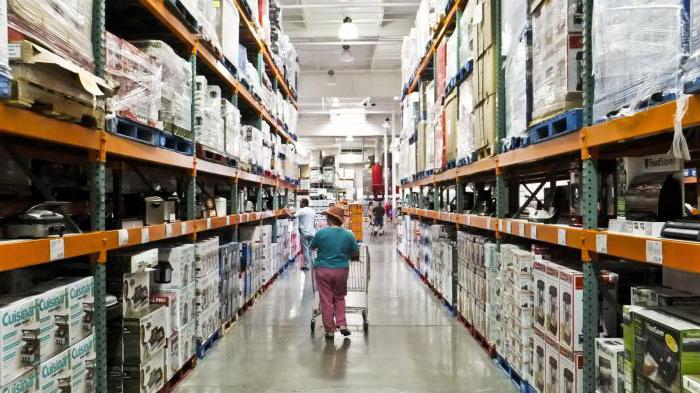
The minimum estimated value of the goods
The lowest cost at which it may become possible to sell the goods in the absence of losses for the seller is called the threshold value. This type of value should include associated costs in order to avoid a loss-making sale of the goods even if the seller makes a discount. Often, sellers, trying to catch up with competitors, reduce the price so much that they sell the goods at a loss to themselves. However, a loss-making business will not be able to exist for a long time, and sooner or later it will be necessary to return prices to the previous level.Mostly in this situation, the seller will lose most of his customers, attracted by the low cost of the goods. Thus, each seller must set a threshold value and not lower its price, since in this case the sale will become unprofitable. The method of calculating gross income for the entire seller’s turnover is used when the same percentage of the trade allowance is applied to the goods.
Sales industry
You should take into account the price of identical products sold from competitors, the relevance of the products and the cost at which people are willing to buy it. These indicators can have significant differences in different industries and types of goods. In addition, there are groups of goods that are relevant only at certain times of the year or before any holidays. Selling such products "in season" you can increase the trade margin on them several times.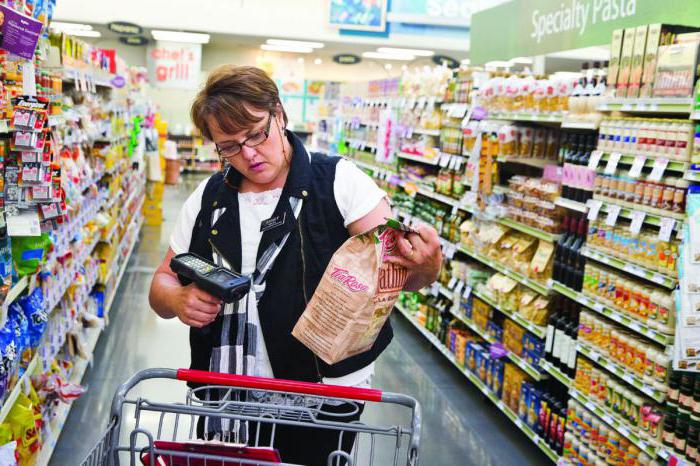
Demand elasticity
This indicator reflects how the demand for a product depends on an increase or decrease in its value. So, for example, if, when giving a discount on it, demand suddenly increases, then it can be considered elastic. With an inelastic product, you won’t be able to earn by providing a discount on it. If there are goods in the seller’s assortment with both elastic and inelastic demand, it is necessary to take this into account when providing a discount for a certain product.
Influence on the value of the demand for additional services
Often when selling goods, the seller also offers additional services that can have a positive effect on the size of demand, while the seller does not incur any costs. Such additional services are, for example, credit, the possibility of installment payments, the free installation of the sale of a spare part, etc. Thanks to the provision of such services, you can attract buyers and also increase the trade margin.
The cost of goods convenient for the buyer
This is the price that a person is willing to pay for a particular product at a particular outlet. This indicator is determined by various factors, for example, the target audience, the location of the store, the type of goods sold, the number of competitors, etc. Based on these indicators, the average cost of the goods should be established. You can also highlight in your outlet several categories of products with such a price that differs from the average up or down by a quarter. A significant difference in cost can be made only in large retail outlets that are able to withstand strong competition.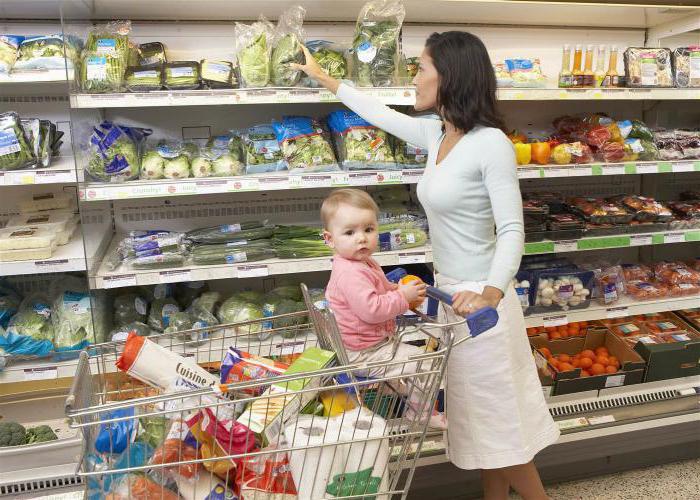
Features of competition
To build a successful business, you must definitely study the prices and offers of your competitors. There is a dependence of product prices on the number of competitors. So, if a product is offered at a point of sale that is not easy to find in the nearest stores, then it may have a higher mark-up than products that are more often found on sale. In this case, you must also take into account the relevance of your product.
How is the margin formed?
Organizations have the right to independently create a retail trade allowance for goods. At the same time, they can use the Methodological recommendations on the formation and application of free prices and tariffs for products, goods and services, which were approved by the letter of the Ministry of Economy of December 6, 1995. This document says that the determination of the mark-up is made in accordance with market conditions, consumer characteristics of goods and their quality. It should cover the amount of taxes, distribution costs, and also include the income of the company.The organization’s circulation costs are expenses on labor remuneration, transport, social security contributions (insurance premiums from occupational diseases and industrial accidents, UST), rental and advertising expenses, depreciation charges, etc.
The current legislation contains marginal trade margins for a certain number of product varieties. The government adjusts prices when selling the following goods:
- medicines;
- baby food;
- medical products;
- products manufactured at public catering enterprises at schools, schools, higher and secondary educational institutions;
- goods sold in areas of the Far North and areas equivalent to them.
The permissible value of the level of the trade allowance for the above goods is determined by local structures of the executive branch. Prices for medical products and medicines are formed on the basis of the decree of the Government of the Russian Federation “On state support for the development of the medical industry and improving the provision of the population and healthcare facilities with medicines and medical devices”.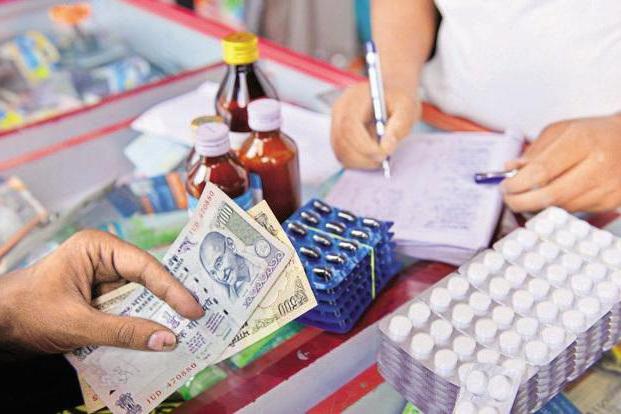
There is also a list of services and consumer goods, technical and industrial products for which prices and tariffs are regulated by the state. In the domestic market of our country, the Government and federal executive structures are involved in this. This list, for example, includes alcoholic products with a strength of more than twenty-eight percent, prosthetic and orthopedic products, etc.
How are tax records kept?
To generate tax and accounting statements, accounting for each product sold, as well as its value without a trade allowance, is required. There are three main ways to do this:
- The use of barcodes. This method is very convenient, because thanks to it you can easily keep track of your sales. The negative point is the high cost of the equipment, as well as the fact that incorrect entry of the barcode into the database can cause re-sorting or make the goods in the database in fact absent. To avoid such situations, you need to periodically take an inventory.
- Accounting for sales. In this case, the seller must consider in any convenient way each product sold. This can be a mark in a special magazine, deleting goods from the list created in advance, copying the sales receipt, etc. This method is convenient only for such outlets where the number of customers is small. Also, buyers should not simultaneously purchase many small products. Otherwise, it is very difficult for the seller to keep records, the risk of errors increases. To identify them, you need to take an inventory, as in the previous case.
- Inventory. The number of goods sold is calculated as the balance of goods at the beginning of the period plus the arrival of goods and minus the balance of goods at the end of the period. The result is so many goods that were sold between the two inventories. This formula can also be used to calculate the amount of revenue for a certain period.

If you identify discrepancies during the inventory, you can say that somewhere there was an error, and it needs to be found and corrected.
Inventories are carried out as many times as the size of the outlet and its turnover require. It is advisable to do it at least once a month.
Any outlet requires keeping records of its sales, regardless of assortment and size. Strict accounting of goods sold will make it possible to compile tax and accounting reports, sales statistics that will help to understand which of them need to increase the product margin or, conversely, to exclude from the assortment those goods that are not in demand.
A competent level of trade allowance will increase sales, as well as make a profit.